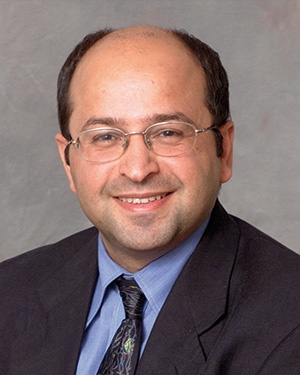Video available on-demand.
In this webinar, we will show you:
Complete the short form to playback the webinar.
Video on-demand
Francis turbines play a major role in both small scale and large scale hydraulic energy plants and are increasingly being used for energy storage applications where pump/turbine arrangement is used to store energy from renewable sources such as wind and solar. The 3D
inverse design method offers one of the best means of meeting multi point and multi-objective requirements for hydraulic turbines as it can cover a large design space with very small number of design parameters. This enables efficient multi-point optimization hydraulic turbines.
In this webinar we will show how the newly developed meanline design code for Francis turbine, which has been recently developed in TURBOdesign Suite, can be used to do the initial sizing of all components of a Francis turbine from volute, stay vane, guide vane and runner. We will demonstrate how the new meanline code coupled with TURBOdesign1 and TURBOdesign Volute can be used to quickly generate a complete 3D Francis Turbine stage that meet the main duty points of the stage and provide a high efficiency.
Furthermore, we will show how TURBOdesign1 with its direct control of blade loading or pressure jump across the blade
provides the best means of directly controlling the efficiency and cavitation performance of the runner.

Mehrdad Zangeneh
Advanced Design Technology
Mehrdad Zangeneh is founder and managing director of Advanced Design Technology and Professor of Thermofluids at University College London. His research interests cover development of computational design methods based on 3D Inverse Design and automatic optimization to a variety of turbomachinery applications (such as pumps, turbines, compressors and pumps). More recently he has focused on the development of multi-disciplinary optimization methods that aim to improve both aerodynamic and structural performance of turbomachinery. He has published more than 120 papers in journals and refereed conferences and has been granted 7 international patents.
Fill in the registration form to watch this webinar. Click Here!